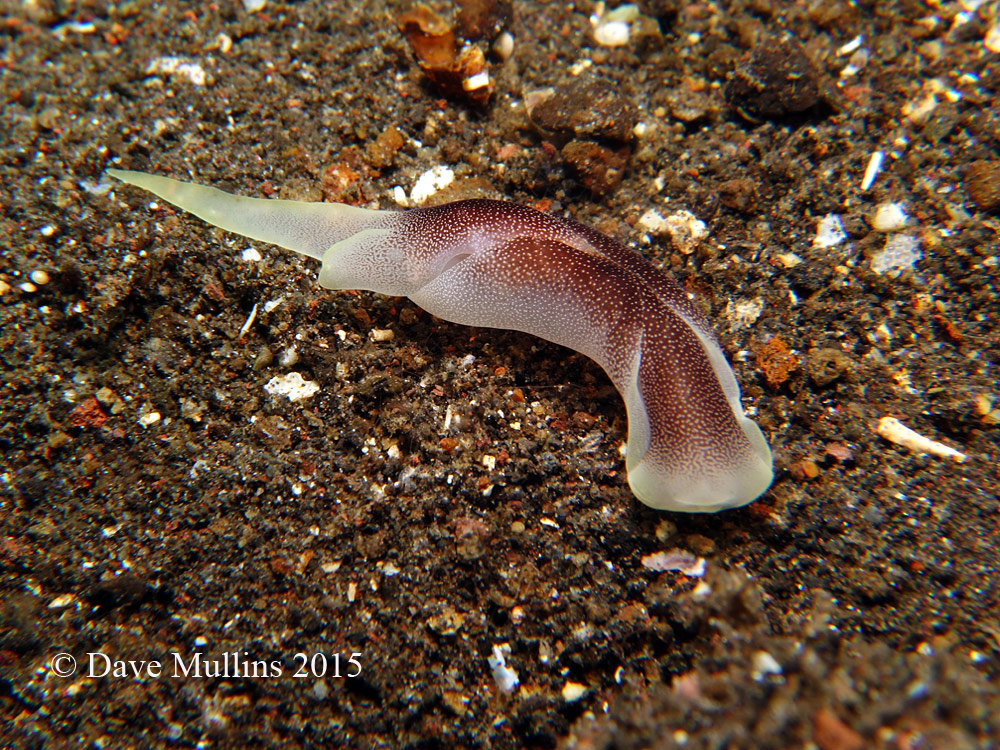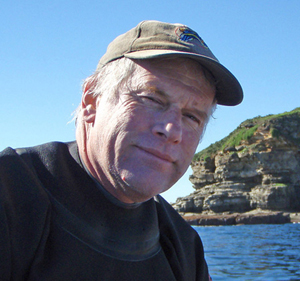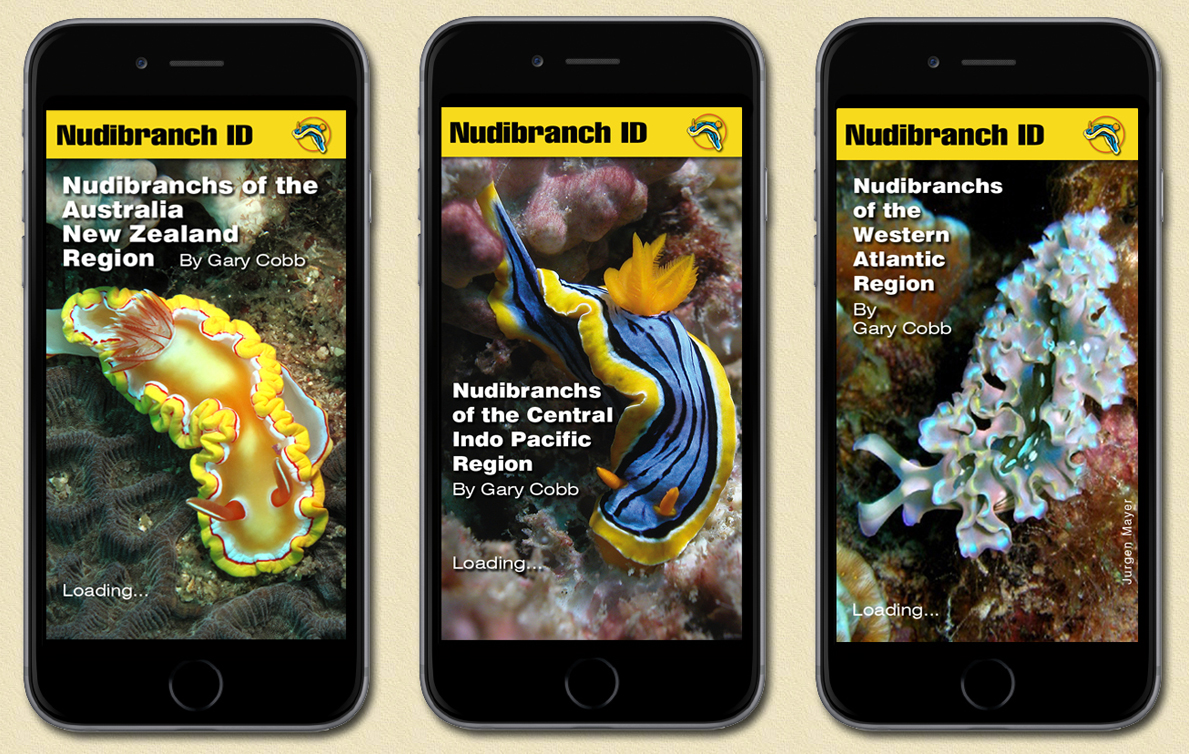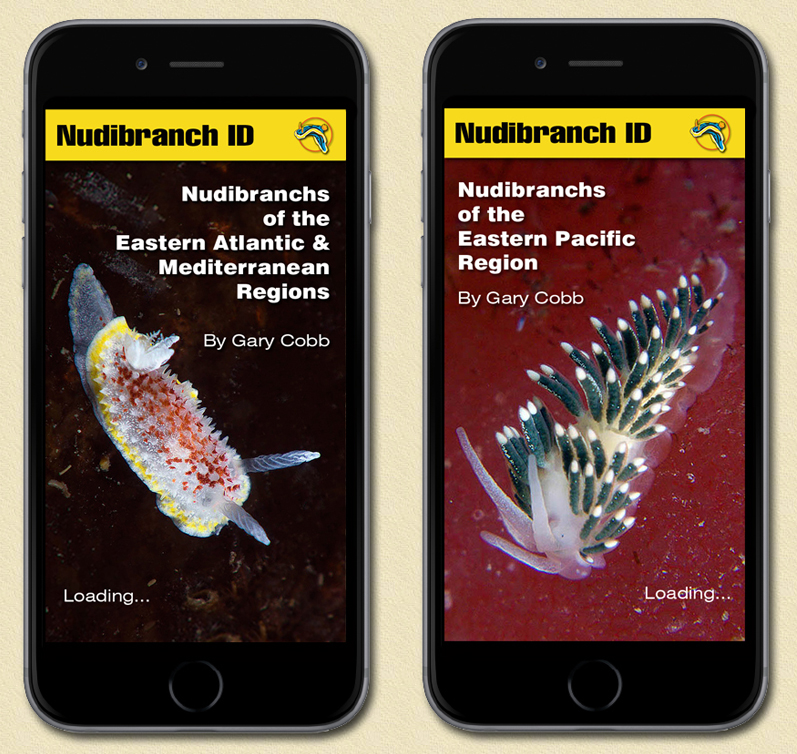 |
Chelidonura amoena
Image courtesy of Dave MullinsAt 12 metres, on the volcanic sands of the Coral Gardens, Tulamben, Bali, Indonesia.
Sony DSC-RX100 in Nauticam Housing with wet macro diopter, Inon Z220 strobe.
Dave Mullins on location
 | Chelidonura amoena Bergh, 1905
The Chelidonura belong to the Aglajidae family (the tailed slugs) of Headshield Slugs. They are distinguished by having essentially a cylindrical body, a broad headshield usually with sensory cilia arranged on the anterior edge, well-developed parapodia that fold up over the sides of the body to meet, or almost meet, on the midline and two elongated caudal lobes or "tails" (extensions of the posterior shield) with the left being distinctly longer than the right. Chelidonura amoena exhibits all of the above features except for any obvious anterior sensory cilia. It presents with a white background colour bordered by pale yellow margins to the headshield, parapodia and posterior shield including the tails. The white background colour is overlaid with a fine grey or brown reticulum of varying intensity and distribution such that the underlying white shows through as small spots. It possesses a reduced and calcified internal shell that is basically expanded and flattened in shape. Distribution is essentially tropical Western Pacific having been recorded from Japan down through the Philippines, Malaysia, Indonesia, PNG and both east and west coasts of Australia. Diet is believed to consist of small acoel flatworms like many of the Chelidonura genus. |
Chelidonura pallida is another similar-looking species but it has distinctive black and gold lines around the margins of its otherwise white body and appendages.
References:
- Burn R. & Thompson T.E. (1998) Order Cephalaspidea Pp 943-959 in Beesley, P.L., Ross, G.J.B. & Wells, A. (eds) Mollusca: The Southern Synthesis. Fauna of Australia. Vol. 5. CSIRO Publishing: Melbourne, Part B.
- Rudman 1998 - 2010. Chelidonura amoena, Factsheet & Related Messages, Sea Slug Forum, Australian Museum, Sydney.
- Willan R. C. & Cattaneo-Vietti R. (1995) New Data on Chelidonura amoena Bergh, 1905. The Beagle, Records of the Museums and Art Galleries of the Northern Territory, 1995 12: 9-18.
marineimages@hotmail.com
Sept. 2015
Send Dave email at marineimages@hotmail.com
Nudibranch reference material comes in many shapes and sizes but primarily books and websites. The problem with reference books is outdated material and their weight when travelling. Taxonomy is changing and adding or altering names at a rapid rate. The problem with the Internet is range and accessibility.
Now, thanks to the development by and ongoing efforts of Gary Cobb there is a series of smart device applications called Nudibranch ID. When the series is complete you'll be able to reference all the nudibranchs of the world.
No web connection required.
The Nudibranch ID App Series:
These field guides will place right at your fingertips, anytime and anywhere, an outstanding selection of Nudibranchs found throughout the World.
Featuring:
Indo-Pacific - version 19.0 - 700 species (available now)
Eastern Pacific - version 16.0 - 423 species (available now)
Australia and New Zealand - version 18.0 - 1139 species (available now)
Eastern Atlantic/Mediterranean Sea - version 5.0 - 680 species (available now)
Western Atlantic - version 4.0 - 498 species (available now)
Indian Ocean/Red Sea - (out soon)
Western Pacific - (out soon).
Available as iPhone or Android versions.
These are true Apps not just simple identification guides. Search functions and the ability to create lists for emailing are game breakers in this field. They are updated (for free) regularly.
Visit: www.inudibranch.com for a full description.
 |
 |
